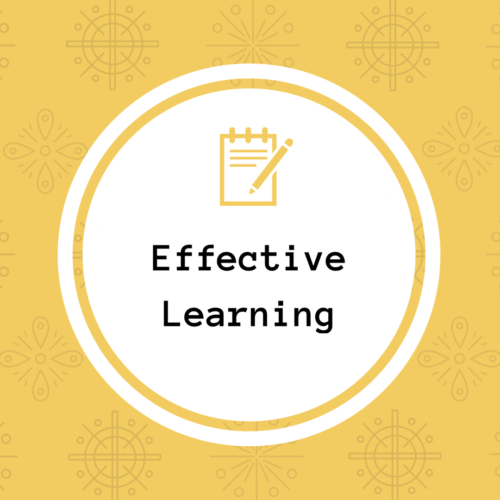
Effective Learning
No matter how strongly you believe them, many of your views and beliefs about your venture are best guesses. As you move forward it is important to: have an understanding of what you need to be true in order for your social enterprise to achieve the social and financial goals you have set and find out, in the cheapest, fastest, most effective way possible, whether they are true.






